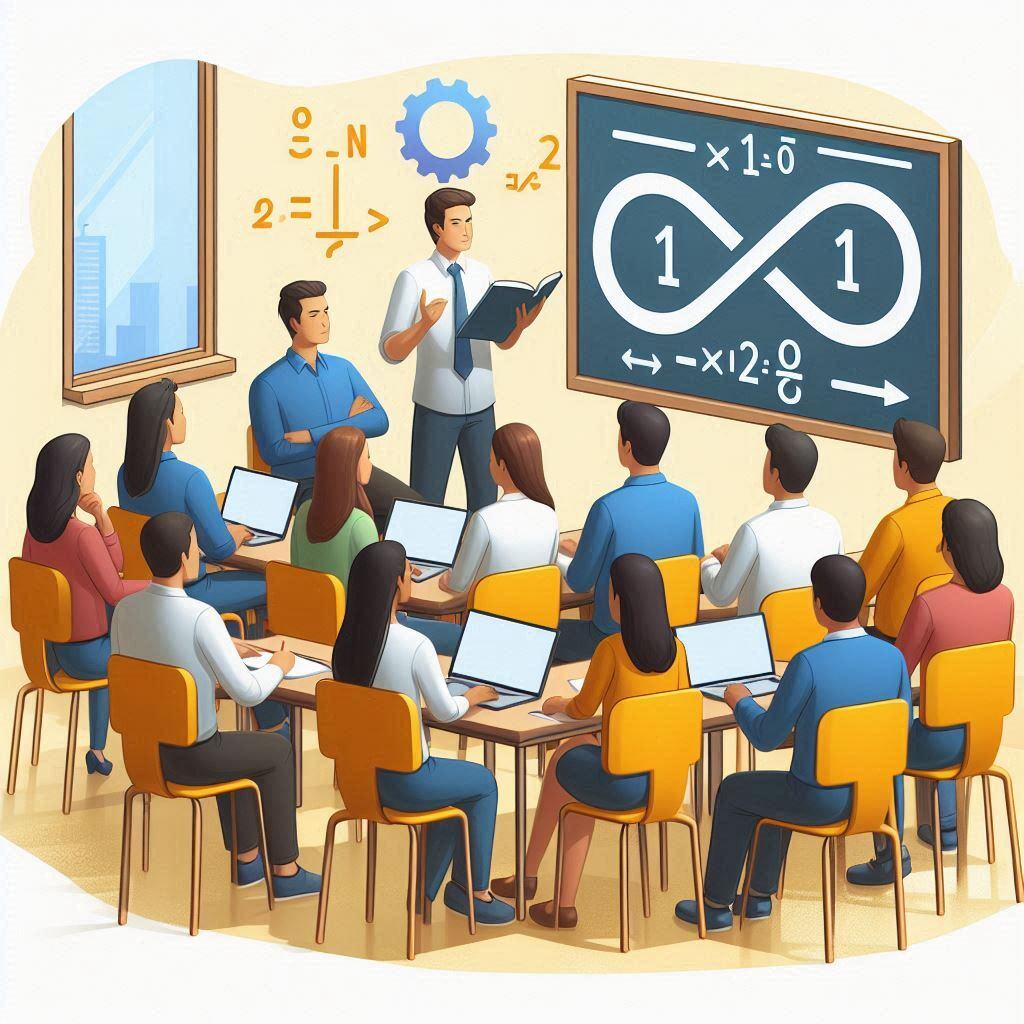How to Build Fun and Functional AI Agents with Integrail
Artificial Intelligence (AI) agents are no longer just tools for complex systems—they are becoming interactive, creative, and easy to build, thanks...
Learn how Large Language Models (LLMs) work, their role in AI agents, and how RAG reduces errors to improve reliability.
Large Language Models (LLMs) have emerged as powerful tools for creating conversational agents. At Integrail, our Agentic AI Tutorials are designed to give you the foundational knowledge needed to build AI agents effectively. In this post, we’ll dive into what LLMs are, how they function, their limitations, and the solutions to these limitations, including Retrieval Augmented Generation (RAG). Let’s break down how LLMs work and why they’re essential to AI agents.
Large Language Models are a type of artificial neural network (ANN) specifically designed to interpret and generate human language. Unlike traditional ANNs used in image or object recognition, LLMs focus on processing and predicting language patterns. They are trained on vast datasets, often sourced from the internet, giving them the ability to understand a broad range of topics.
For example, companies like OpenAI, Google, and Meta train LLMs using immense datasets that enhance their ability to answer questions and generate coherent text. The model’s performance improves with the quality and quantity of the data it’s trained on, making LLMs highly versatile but also requiring substantial resources to develop.
Initial Training Phase
In the initial phase, LLMs are trained on extensive amounts of text data, typically from a variety of sources across the internet. This training helps the model to recognize patterns in language, enabling it to understand syntax, grammar, and context at a fundamental level. This step is crucial as it lays the groundwork for the model’s language capabilities.
Human Feedback Fine-Tuning
After the initial training, LLMs undergo fine-tuning with human feedback. This step is vital for improving their conversational ability, making them better at responding naturally in dialogue. Human feedback provides examples of real conversations, helping the model learn how to answer questions, clarify, and engage in a more human-like way.
The concept of tokens is central to how LLMs function. Tokens are either entire words or fragments of words, allowing the model to interpret language more flexibly. For instance, the word "probabilities" might be split into two tokens: "prob" and "abilities." This segmentation helps the model better understand and predict language structure, enhancing its ability to generate meaningful responses.
At the core of LLM functionality is text prediction. By analyzing previous words in a sentence, the model predicts the most likely next token. This predictive capability is what powers LLMs in conversational agents, as they can simulate understanding by generating coherent responses based on language patterns.
LLMs often appear to reason and problem-solve. They achieve this by recognizing reasoning chains—patterns they’ve seen in their training data. For example, if you ask, “How many tennis balls fit into a Boeing airplane?” the model will estimate the volume of the plane and tennis ball, then perform some rough calculations. This is possible because it has seen similar reasoning chains in training.
Even if presented with a novel question, like “How many children’s toys fit into a Tesla car?” the model can make analogous inferences, estimating based on what it has learned about objects and space. This gives the impression of problem-solving but is actually a sophisticated application of learned patterns and analogies.
One of the most intriguing aspects of LLMs is their use of vector representations to relate words and concepts. Words, sentences, and even entire texts can be represented as mathematical vectors in a multi-dimensional space. This approach helps the model find similarities and relationships between different concepts.
For instance, in the famous equation “King - Man + Woman = Queen,” the model uses vector math to understand gender relationships in words. This method allows LLMs to connect related ideas, so words like “plane” and “car” or “toy” and “ball” appear close to one another in vector space, enabling the model to answer analogous questions.
One critical limitation of LLMs is hallucination—the generation of plausible-sounding but incorrect answers. Due to their architecture, LLMs always produce an answer, even if they lack the required information. For example, if asked about an unknown person, they might invent details to satisfy the question. While these responses may sound convincing, they are not always accurate, creating a reliability issue.
This hallucination occurs because the model is not reasoning; it’s generating responses based on probabilities. Thus, if an LLM has insufficient information on a topic, it may fabricate an answer to complete the prediction.
Retrieval Augmented Generation (RAG)
RAG is a method to mitigate hallucinations by providing LLMs with relevant and verified data within their context. By giving the model information from trusted sources, RAG reduces the chance of the model producing inaccurate responses.
Using Context and Vector Memory
RAG works by supplementing the LLM’s responses with specific, verified data, either through web search or vector memory. In web search-based RAG, the model first retrieves information from the internet, using it to inform the response. Although effective, this method depends on the quality of the retrieved information, which may vary.
Vector memory-based RAG, on the other hand, stores trusted information (like company documents or knowledge bases) in a vector database. When a user query is made, the LLM retrieves relevant documents from this database, ensuring the context contains accurate information. This method significantly lowers the risk of hallucination and improves the model’s reliability.
Integrail’s AI Studio allows users to build and fine-tune custom AI agents, incorporating these advanced techniques. By using RAG with trusted data sources, developers can create conversational agents that produce accurate, reliable responses. With tools like vector memory and verified document integration, Integrail AI Studio ensures that LLM-powered agents offer high-quality, trustworthy information tailored to specific use cases.
To summarize, LLMs are foundational in building conversational AI agents. They use massive datasets and sophisticated training techniques to generate language responses that seem natural and informed. However, their limitations, like hallucination, remind us that these models rely on learned patterns rather than genuine reasoning. By applying Retrieval Augmented Generation (RAG), we can greatly reduce the risk of inaccurate responses and create AI agents that are both effective and dependable.
With Integrail’s AI Studio, you have the tools to put these principles into practice. Dive into the world of LLMs, build AI agents with advanced retrieval techniques, and bring reliable AI solutions to your workflows.

Artificial Intelligence (AI) agents are no longer just tools for complex systems—they are becoming interactive, creative, and easy to build, thanks...

Artificial intelligence is moving beyond static models and into the realm of adaptive, learning agents—AI systems that continuously evolve based on...

Artificial intelligence is becoming smarter every day, but what if your AI could actually remember past conversations and use that knowledge to offer...
Start your journey with Integrail

Try AI Studio by Integrail FREE and start building AI applications without coding.

NEW White Paper: Discover how AI Studio accelerates your workflows